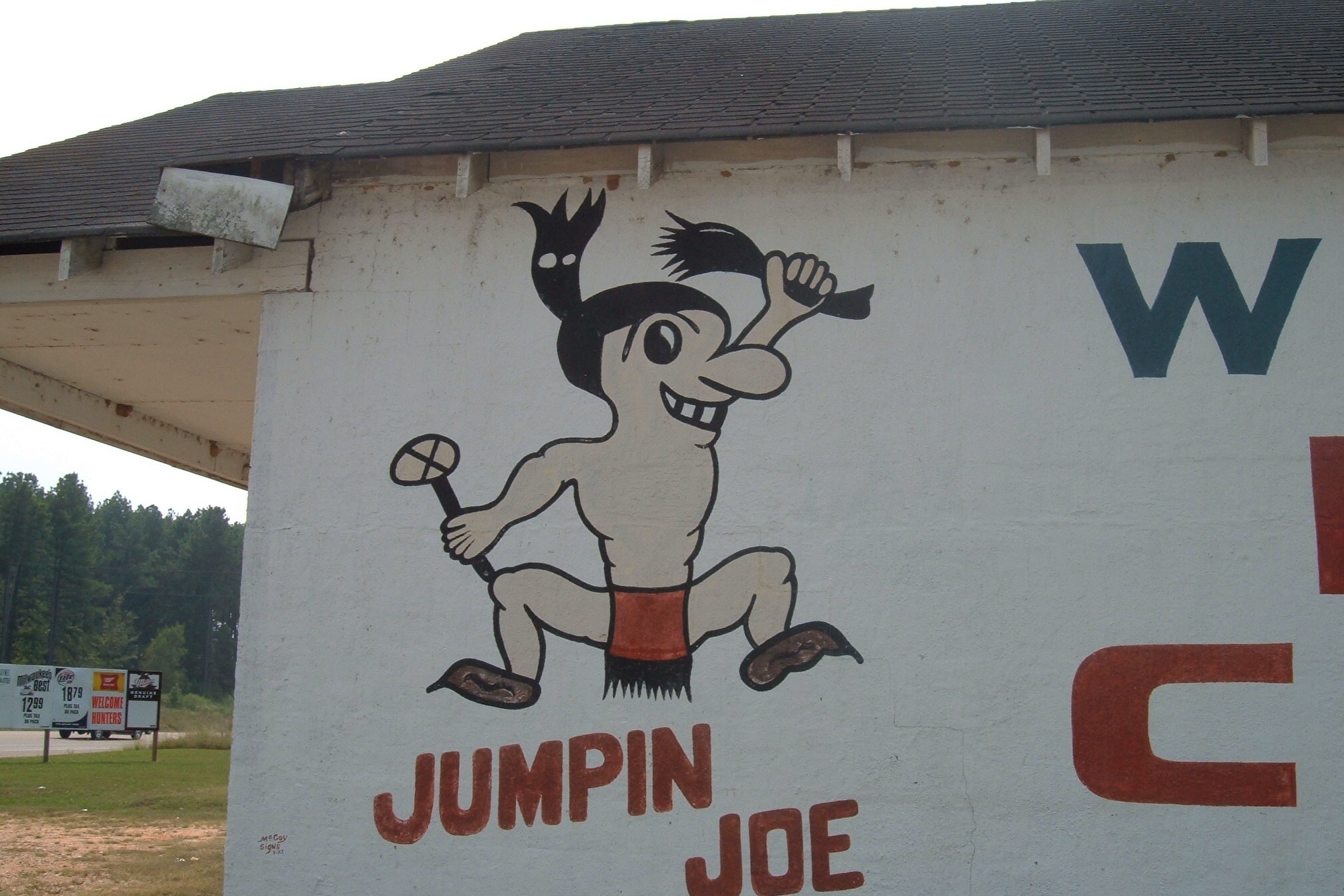Since August 2005, the NCAA had been putting pressure on Arkansas State to drop its nickname, considered offensive by many Native Americans. ASU landed on a list of nine Division 1 schools that the NCAA claimed were in violation of its ban of ethnically "hostile" or "abusive" nicknames.
"We've been involved for a long time in encouraging schools to change those names," said Paula Stabler, communications officer for Osage Nation, a tribe based in Oklahoma.
The Indian Family consists the Chief, the Brave and the Princess. The princess is a person with internal and external beauty. Through the eyes of the young Princess, we see the beauty of the campus and its people. Next is the Brave, through the eyes of the Brave, we see a willingness to forge bravely ahead to our future, succeeding with grit and determination. Finally, the head of the Indian Family—Chief Big Track, with great wisdom and patience. He quietly maintains pride within the family and keeps ASU traditions alive.
"If the school wants to change it," Joanna Clines said, "they should change it."
That said, the Clines, who regularly attend ASU football games with their 12-year-old daughter, Ranae, have zero intention of removing the oversized painting of "Spirit Joe" that occupies one of their large storefront windows. "Spirit Joe" is a cartoonish figure of a Native American man that was retired from official use as a school mascot in 1995. That decision was made, according to the school, to "uphold the dignity, stateliness and pride of the native American Indians who once inhabited this area."


Jumpin Joe was approved by the tribes of the State of Arkansas when he was first introduced. As sentiments changed, so did the ASU mascot. The University has continually changed the mascot to make it a more honoring figure. Jumpin Joe is not used by ASU and has not been for years.
ReplyDelete